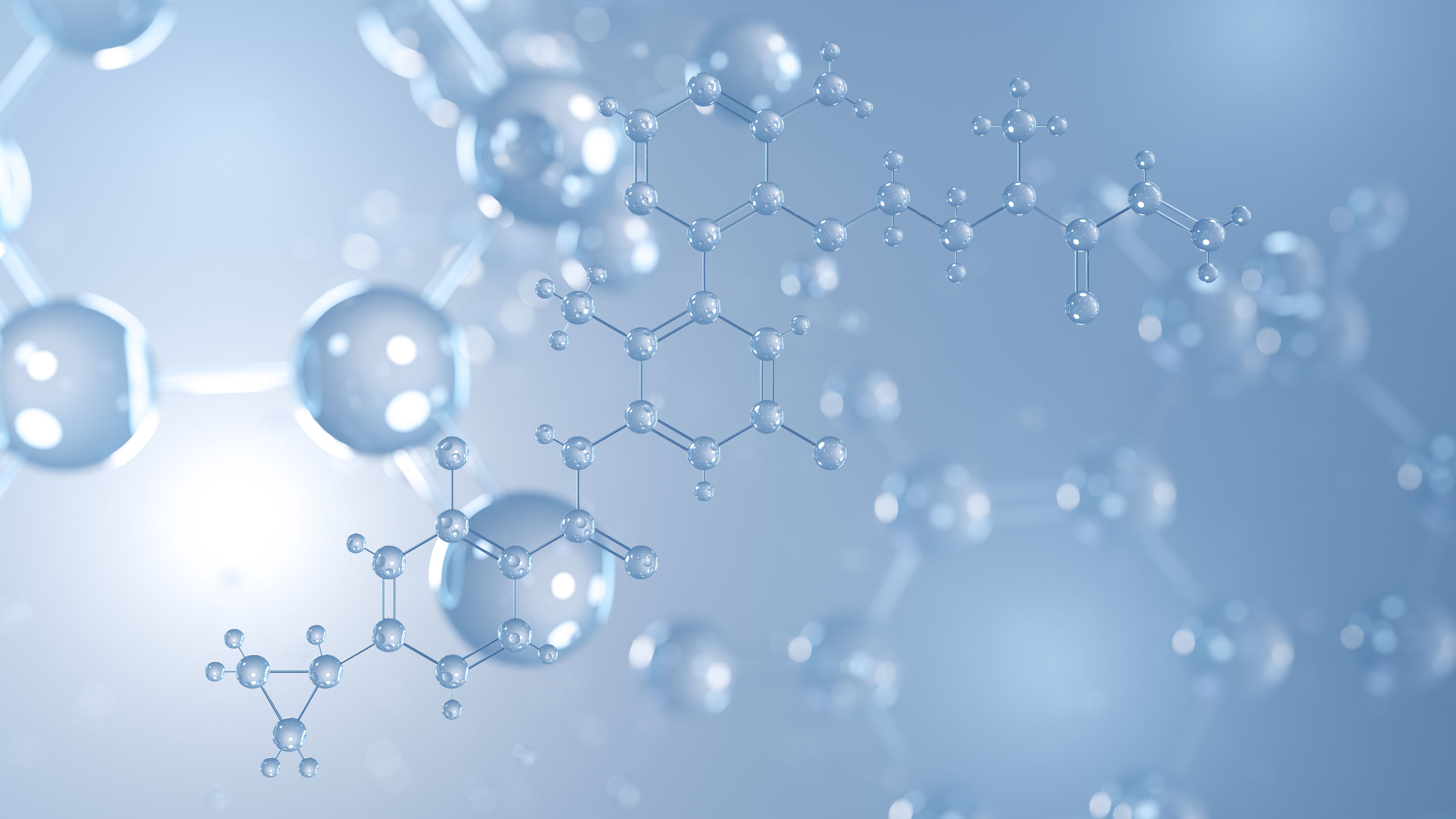Article
CAR T Progress: Global Submissions for Kymriah, 42% Ongoing Response With Yescarta in ZUMA-1 Patients
Author(s):
A much-anticipated session on the second day of the 59th Annual Meeting and Exposition of the American Society of Hematology provided long-term updates on trials evaluating 2 chimeric antigen receptor-T (CAR T) treatments: tisagenlecleucel or CTL019 (Kymriah) for the treatment of adult relapsed/refractory diffuse large B-cell lymphoma (DLBCL) and axicabtagene ciloleucel (Yescarta) evaluated in patients with refractory aggressive non-Hodgkin lymphoma.
A much-anticipated session on the second day of the 59th Annual Meeting and Exposition of the American Society of Hematology (ASH), Atlanta, Georgia, provided long-term updates on trials evaluating 2 chimeric antigen receptor-T (CAR T) treatments: tisagenlecleucel or CTL019 (Kymriah) for the treatment of adult relapsed/refractory diffuse large B-cell lymphoma (DLBCL) and axicabtagene ciloleucel (Yescarta) evaluated in patients with refractory aggressive non-Hodgkin lymphoma (NHL).
Tisagenlecleucel was the first CAR T-cell treatment to be approved in certain pediatric and young adult patients with B-cell precursor acute lymphoblastic leukemia (ALL). Today’s results, from the single-arm, open-label, multicenter, global, pivotal phase 2 JULIET trial of CTL019 in adults with r/r DLBCL, were presented by Stephen Schuster, MD, professor, Division of Hematology/Oncology, Perelman School of Medicine, University of Pennsylvania.1 Conducted in 27 study centers located in 10 countries around the world, the CAR T cells were manufactured in the United States and Germany.
The primary objective was met at the interim analysis, with the best overall response rate (ORR) of 59%, Schuster reminded the audience. His presentation provided results from the primary analysis of JULIET data, with the primary endpoint defined as best ORR (complete response [CR] + partial response [PR]) per independent review committee.
Eligibility criteria for JULIET included age 18 or older with r/r DLBCL, progression after receiving at least 2 lines of chemotherapy, ineligible for or failed autologous stem cell transplant. Shuster shared a flow chart depicting the study status for JULIET, which had a data cut off of March 8, 2017. Of the 147 patients that initially enrolled in the trial, 43 patients rolled off prior to infusion and 5 were pending infusion. Of the 99 who received a single CTL019 infusion, 81 were evaluable for response, 89 had received bridging chemotherapy, and 92 had received lymphodepleting chemotherapy (73% received fludarabine 25 mg/m2 and cyclophosphamide 250 mg/m2/day, for 3 days; 19% received bendamustine 90 mg/m2/day for 2 days).
The best ORR in the 81 patients was 53%, with 40% CR and 14% PR. The 3-month ORR was 38% (32% CR + 6% PR) and ORR at 6 months was 37% (30% CR + 7% PR). “The durability off the CTL019 response is shown by the stability between the 3- and 6-month response rates,” Schuster pointed out, adding that the 3-month response also hints at a more long-term benefit of this treatment.
Subgroup analysis also showed consistent ORR across the various cohorts:
- All patients: 53.1% (95% CI, 41.7-64.3)
- Age <65 years: 50.0% (95% CI, 37.2-62.8) ≥65 years: 64.7% (38.3-85.8)
- Gender Female: 62.1% (95% CI, 42.3-79.3) Male: 48.1% (95% CI, 34.0-68.5)
- Prior neoplastic therapy ≤2 lines: 53.7% (95% CI, 37.4-69.3) >2 lines: 52.5% (95% CI, 36.1-68.5)
“The median duration of response and median overall survival had not been reached at data cut off,” Schuster said. He also indicated that 74% of patients were relapse-free at 6 months and almost all patients who had CR at 3 months remained so. “Patients who responded with either CR or PR did not proceed to receive allogenic- or auto-stem cell transplant,” he added.
Overall, 86% of patients had grade 3 or 4 adverse events (AEs). Cytokine release syndrome (CRS) occurred in 58% of infused patients: 15% were grade 3 and 8% were grade 4. About 15% of patients received anti-IL6 therapy, tocilizumab, for CRS management with good response and 11% of patients received corticosteroids. Other grade 3 or 4 AEs included neurologic AEs (12%, managed with supportive care), cytopenias lasting >28 days (27%), infections (20%), and febrile neutropenia (13%). Three patients died within 30 days of infusion, all due to disease progression. No deaths were attributed to CTL019 or to CRS or neurologic events.
Of the 26 (26%) patients in the study who received outpatient infusion, 20 (77%) remained outpatient for at least 3 days following infusion, “which means tisagenlecleucel can be safely administered in both the inpatient and the outpatient setting,” Schuster concluded.
Speaking during a press briefing in advance of the annual meeting, 2017 ASH president Kenneth C. Anderson, MD, highlighted the international scope of the JULIET trial, which he said indicates a much broader reach of this treatment.
The future plans for JULIET include:
- Ongoing global regulatory submissions
- Large-scale production of tisagenlecleucel
- A 22-day manufacturing time in the commercial setting
The second study was a 15.4-month follow-up on ZUMA-1, which is designed to evaluate axicabtagene ciloleucel (Axi-cel, Yescarta) in patients with refractory aggressive non-Hodgkin lymphoma (NHL).2 Axi-cel was the second CAR T-cell treatment that was approved only in October; the indication was adult patients with DLBCL. The results were presented by Sattva S. Neelapu, MD, professor at the Department of Lymphoma/Myeloma, The University of Texas MD Anderson Cancer Center. The results were simultaneously published in The New England Journal of Medicine.3
The primary analysis of ZUMA-1 demonstrated positive results, Neelapu said, with an ORR of 82% and a CR rate of 54% after a single infusion of axi-cel. The treatment had a manageable safety profile as well: grade ≥ 3 cytokine release syndrome [CRS] and neurologic events were generally reversible and reported in 13% and 28% of patients, respectively. “At a median follow-up of 8.7 months, 44% of patients in ZUMA-1 had an ongoing response,” Neelapu indicated.
The study population included patients with refractory DLBCL (n = 77), transformed follicular lymphoma, or primary mediastinal large B cell lymphoma (total n = 24) were enrolled. Patients were treated with cyclophosphamide (500 mg/m2) plus fludarabine (30 mg/m2) for 3 days to condition the body prior to treatment with 2x106 CAR+ cells/kg.
“While the CAR T product was successfully manufactured in 99% of enrolled patients, only 91% received the infusion,” Neelapu said. Eligibility criteria included:
- Refractory disease, defined as progressive disease or stable disease as best response to last line of therapy
- Relapse ≤12 months after autologous stem-cell transplant
- Prior anti-CD20 antibody and an anthracycline—containing regimen
The primary endpoint was ORR and secondary endpoints included duration of response (DOR), overall survival (OS), and incidence of AEs. A key exploratory endpoint was to investigate the mechanisms of resistance using posttreatment tumor biopsies obtained at time of relapse or progression.
“To date, no patients have been lost to follow-up, and all patients who are alive remain in disease and survival follow-up,” Neelapu told the audience.
Following analysis of results from the trial, at a data cut-off date of August 11, 2017, which was a 15.4-month follow-up, the best ORR was 82%, with a CR of 58%. Neelapu noted that patients who had a PR at the first tumor assessment (which was 1 month postinfusion) ended up with a CR up to 15 months postinfusion, without need for additional treatment. ‘The median time for conversion from PR to CR was 64 days (range, 49-424).
Overall DOR was 11.1 months (range, 3.9-not reached), CR was not reached, and PR was 1.9 months (range, 1.4-2.1). “Forty-three percent of phase 1 patients have an ongoing CR at 24 months,” he said. The following are the 15.4-month survival updates from the study:
- Median progression-free survival: 5.8 months (range, 3.2-not reached)
- Median OS: not reached (range, 12.0-not reached)
With respect to AEs, Neelapu said that 95% of patients had grade 3 or higher AEs (43% serious adverse events, SAEs) in the primary analysis, which increased to 97% in the updated analysis (46% SAEs). Grade 3 or higher CRS was noted in 13% of patients following the primary analysis, and 12% with the update; 28% of patients experienced neurologic toxicities at the point of the primary analysis, which increased to 31% by the time of the current updated analysis. Grade 5 AEs were also documented in a small proportion of patients.
Further, infections were the most common new-onset treatment-emergent SAEs at 6 months, but were resolved by the time of data cut off in August.
Biomarker clues were investigated by the ZUMA-1 researchers and they identified several serum biomarkers associated with neurologic events and CRS of grade 3 or higher (including IL-6, IL-10, IL-15, IL-2Rα, and granzyme B). IL-2, granulocyte—macrophage colony-stimulating factor, and ferritin, were significantly associated only with neurologic events of grade 3 or higher.
Based on these findings that were presented, Neelapu concluded that while a median DOR or OS had not been reached, durable response was observed in both patients who had detectable persistent CAR-T cells and those who did not, which he said could be attributed to CD19 loss or immune checkpoint activation, according to some preliminary observations by the study group.
Reference
- Schuster SJ, Bishop MR, Tam CS, et al. Aggressive lymphoma (diffuse large B-cell and other aggressive B-cell non-Hodgkin lymphomas)—results from prospective clinical trials: immune-based therapeutic approaches. In: Proceedings from the 59th Annual Meeting and Exposition of the American Society of Hematology; December 9-12, 2017; Atlanta, GA. Abstract 577.
- Neelapu SS, Locke FL, Bartlett NL, et al. Aggressive lymphoma (diffuse large B-cell and other aggressive B-cell non-Hodgkin lymphomas)—results from prospective clinical trials: immune-based therapeutic approaches. In: Proceedings from the 59th Annual Meeting and Exposition of the American Society of Hematology; December 9-12, 2017; Atlanta, GA. Abstract 578.
- Neelapu SS, Locke FL, Bartlett NL, et al. Axicabtagene ciloleucel CAR T-cell therapy in refractory large B-cell lymphoma [published online December 10, 2017]. N Engl J Med. doi: 10.1056/NEJMoa1707447.





